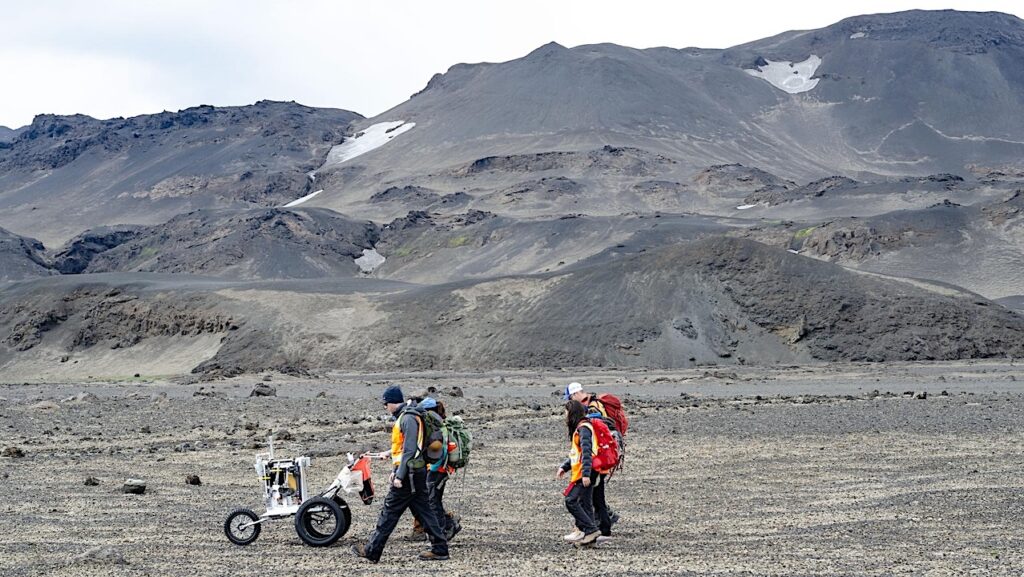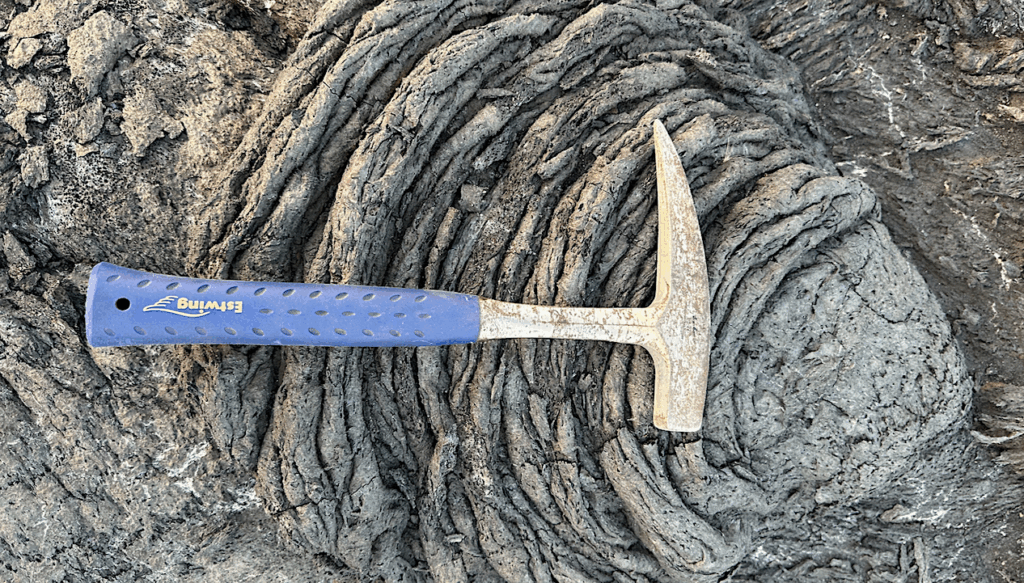Tricorder Tech: Detecting Microbes In Space

Editor’s note: this is an excerpt: “From Science Fiction To Science Fact” originally published by the U.S. Department of State
In the popular 1960s television show Star Trek, the starship Enterprise crew members depend on handheld tricorders. The devices seem to magically detect everything from unknown life forms to the nature of a crew member’s illness.
While the TV version seems fantastical, a real — if nascent — tricorder has been developed on the International Space Station. What’s more, the research that built it is already supporting human health here on Earth.
The impetus was NASA’s efforts to sequence DNA. Scientists aimed to simplify the multistep DNA sequencing process so that one device on the space station could handle it, working to move the tricorder from the realm of science fiction to real life.
Today NASA is looking at hand-held devices made by a U.S. company and a U.K.-based company that can amplify and sequence DNA. The devices identify microbes — bacteria, viruses, fungi and other organisms too small to be seen with the naked eye — growing throughout the International Space Station. The crew can monitor what microbes are on board, how the space environment shapes microbial behavior, and how that might affect astronaut health during long missions to the Moon or Mars.
Crew members gather microbes to sequence by rubbing swabs around the space station’s interior. They then process the genetic material by inserting the swabs into a hand-held device called a miniPCR, which makes copies of a targeted microbial DNA sequence. The copies are fed into another hand-held device called the MinION, which sequences the DNA.
NASA scientists at the Johnson Space Center in Houston found a way for the devices to work together on the space station. (Prior to this, microbe samples had to be sent to Earth for a lengthy sequencing process.)
NASA is collaborating with the Canadian National Research Council to automate and speed up the DNA sample preparation process — in effect, to make a device closer to Star Trek’s tricorder in terms of efficiency. Microbiologist Sarah Wallace of NASA’s Johnson Space Center hopes that by the time NASA has a sustained lunar base, an early tricorder will be ready for gene sequencing on the moon. And, she says, by the time NASA sends humans to Mars in the 2040s, something even closer to the Star Trek tricorder could be a reality.

Scientists in Nigeria use the ISS’ DNA processing method to analyze viruses, like COVID-19, back on Earth. — Pius Utomi Ekpei
Just as exciting, this technology is already making things better for patients on Earth. Through collaborators at Northeastern University in Boston, Wallace works with eHealth Africa scientists connected to Nigeria to use the space station’s DNA sequencing method to monitor infections there, including COVID-19 infections. The organization also plans to expand its use to other African nations.
Trekkies know that Dr. Leonard McCoy, or “Bones” — the esteemed, if skeptical, chief medical officer aboard the USS Enterprise — relies on the diagnostic prowess of his tricorder. In the not-so-distant future, medical professionals will follow suit, harnessing real-life technology to combat the menace of certain microbes and the diseases they spread.
Consider that, each year in the U.S., 2.8 million people are infected with — and 35,000 die from — a bacteria or fungus that has become resistant to antimicrobials. (The global death toll is much larger.) Many of these deaths are connected to patients infected with resistant bugs hiding on hospital walls, drains and sinks. NASA is working with experts to see if methods from the space station can find microbes in hospital rooms and other likely settings back on Earth in order to reduce infections.
Astrobiology, Microbiology,








